Growing Brinjal from Seeds at Home: A Complete Guide
Previous PostBrinjal is one of those rare vegetables that can morph into the most Desi recipes like chokha, bharta, vanga, and most Italian recipes like lasagne and eggplant parmesan.
To reiterate, Brinjal, also known as eggplant or aubergine, is a staple vegetable in Indian kitchens across states.
Brinjal is a member of the nightshade family (Solanaceae)along with potato, tomato and peppers etc. Brinjal is believed to have originated in the Indian subcontinent and has been cultivated for over 2,000 years. From traditional baingan bharta to modern curries and fries, it’s a versatile vegetable that’s both easy to grow and rewarding to harvest.
Some Brinjal Etymology For You

A common question that mostly our young budding gardeners ask us is - What is the difference between Brinjal, Eggplant and Aubergine? And here’s the answer for them. The name eggplant originated in North America due to varieties that were small, white, and egg-shaped. And Aubergine is the French word for the same vegetable, used widely in Europe and borrowed from Arabic and Persian. The term Brinjal is commonly used in India and is derived from the Portuguese word berinjela, which also traces back to Arabic.
In India, this vegetable has many local names:
Hindi: Baingan
Tamil: Kathirikai
Bengali: Begun
Marathi: Vangi
Kannada: Badanekayi
Malayalam: Vazhuthananga
Telugu: Vankaya
Sowing Brinjal Seeds in Pots and Garden Beds

To grow brinjal at home, start by sowing seeds 0.5 cm deep in seed trays or directly in pots or raised beds. Keep the soil moist but not soggy. Once the seedlings are 4–5 inches tall, transplant them into larger containers or your garden bed.
At AllThatGrows, we offer 6 different varieties of brinjal seeds, so you can choose from round, long, small, or green types depending on your taste and cooking preferences.
Growing Needs: Here's What Brinjal Loves

Soil
Brinjal thrives in well-draining loamy soil that’s rich in organic matter. Add compost or cow dung to improve soil texture and fertility.
Sunlight
Brinjal needs full sunlight - at least 6 to 8 hours a day. Choose the sunniest spot in your garden or balcony for planting.
Watering
Water your brinjal plants regularly, keeping the soil evenly moist. Avoid overwatering, especially during the flowering and fruiting stage, as it may cause rot.
Feeding the Plant
Feed your brinjal plants every two weeks with organic fertilisers. Homemade options like banana peel fertiliser, diluted buttermilk, or compost tea work well. Add a handful of neem cake to keep pests at bay.
Ideal Temperature
Brinjal prefers warm temperatures between 20°C to 35°C. In most parts of India, this makes brinjal a perfect summer or early monsoon crop.
Pests and Diseases
Common pests include aphids, whiteflies, and fruit borers. Use neem oil spray every 7–10 days to keep infestations under control. Avoid overwatering to prevent fungal diseases like powdery mildew or root rot.
Harvesting Brinjal

Brinjal is ready to harvest around 70–90 days after sowing. Harvest the fruit when it is firm, shiny, and has grown to its full size, depending on the variety. Don’t let it over-ripen on the plant, or it may taste bitter and have bigger and more seeds.
Use a sharp knife or garden scissors to cut the fruit off with a small portion of stem still attached.
Storing Brinjal After Harvest

Store freshly harvested brinjal in a cool, dry place for 3–5 days. For longer storage, wrap them in paper or keep them in a perforated bag in the refrigerator. Avoid storing them with ethylene-producing fruits like bananas or apples.
Quick Recipe: Baingan Bhaja (Bengali Style)

A delicious side dish you can make from your homegrown brinjal!
Ingredients:
- 1 medium brinjal (round variety)
- 2 tbsp mustard oil
- ½ tsp turmeric powder and red chilli powder
- Salt to taste
- 1 tsp rice flour (optional, for extra crispiness)
Method:
- Cut brinjal into thick round slices.
- Rub with salt, chilli powder and turmeric. Let it rest for 10 minutes.
- Heat mustard oil in a pan. Dust brinjal slices with rice flour.
- Shallow fry until golden brown on both sides.
- Serve hot with steamed rice and dal.


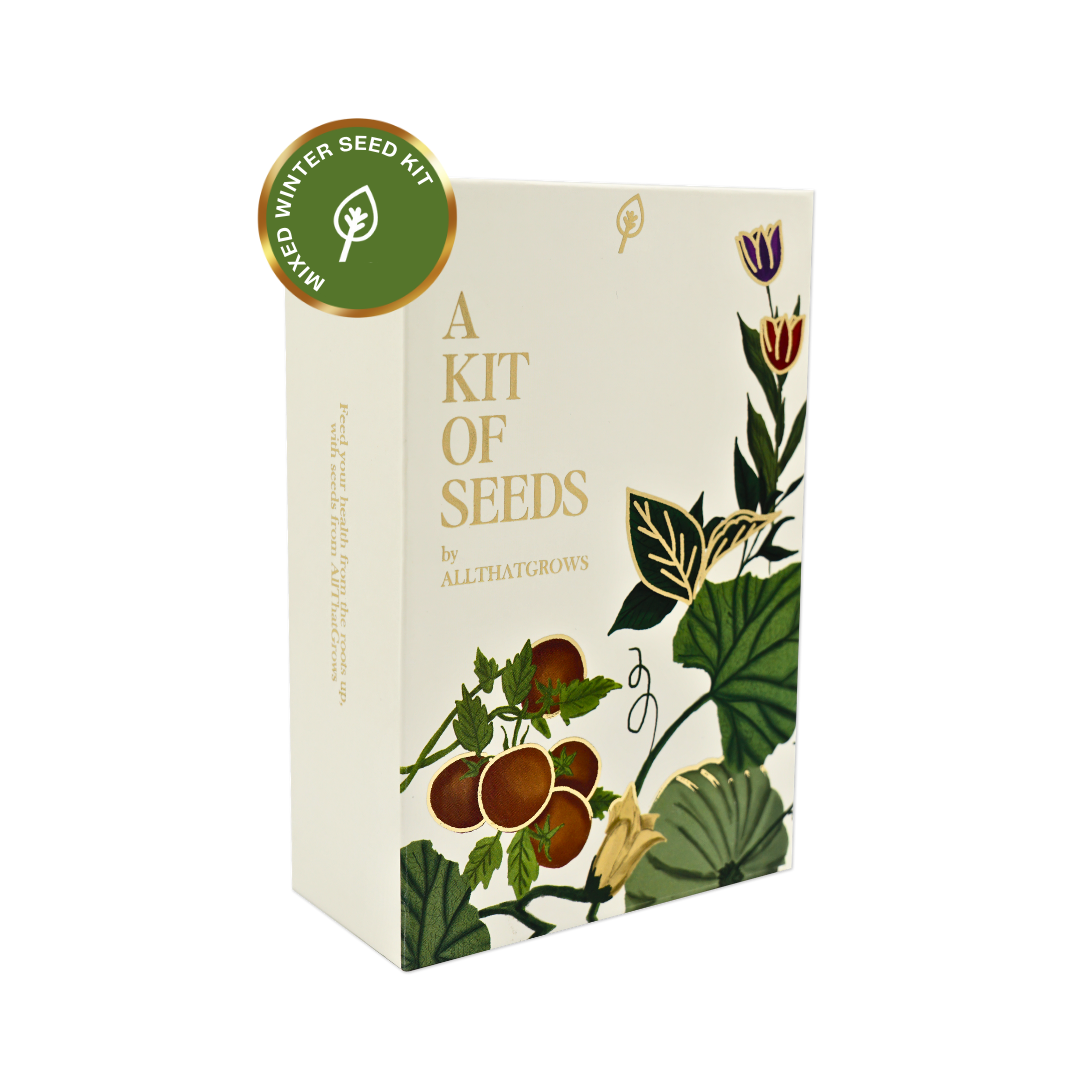


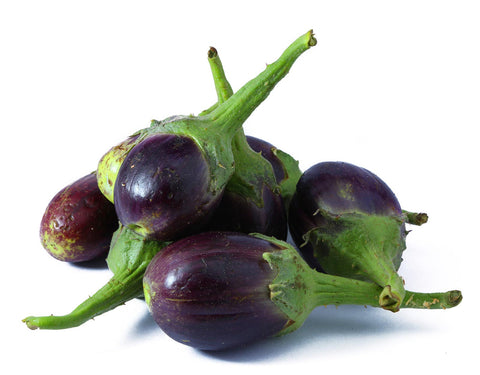
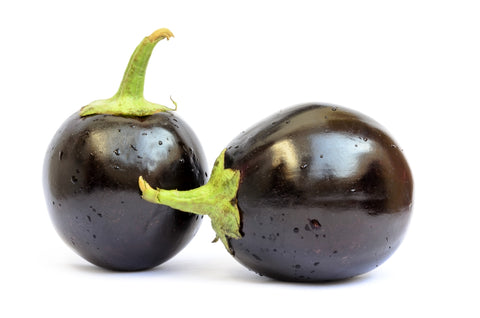


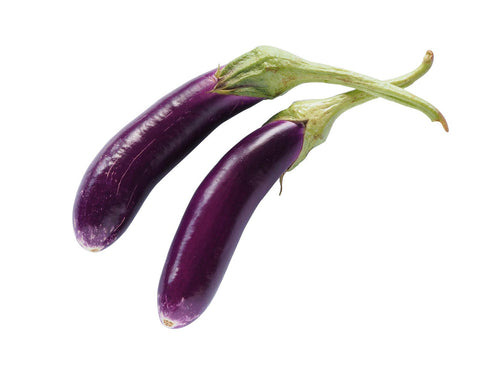


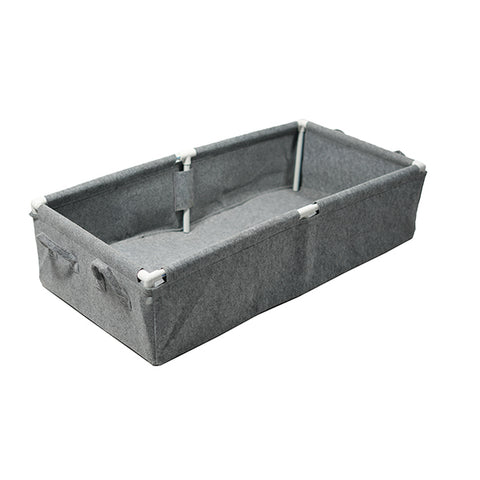
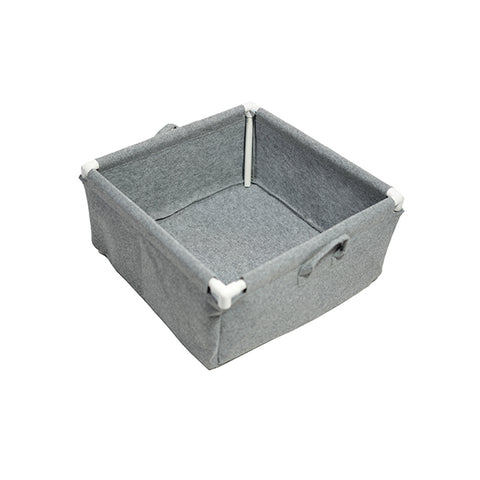


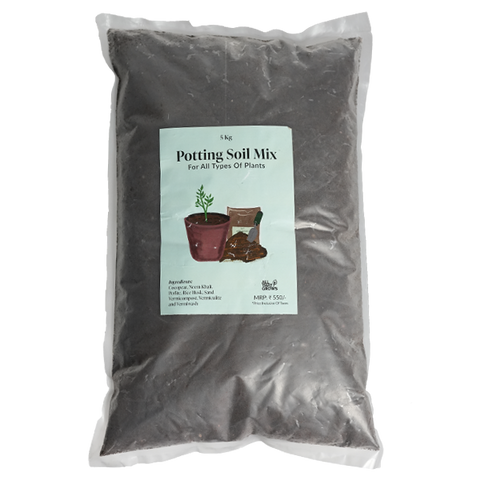
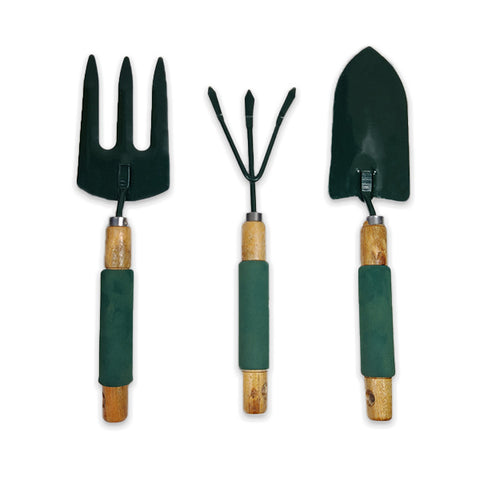
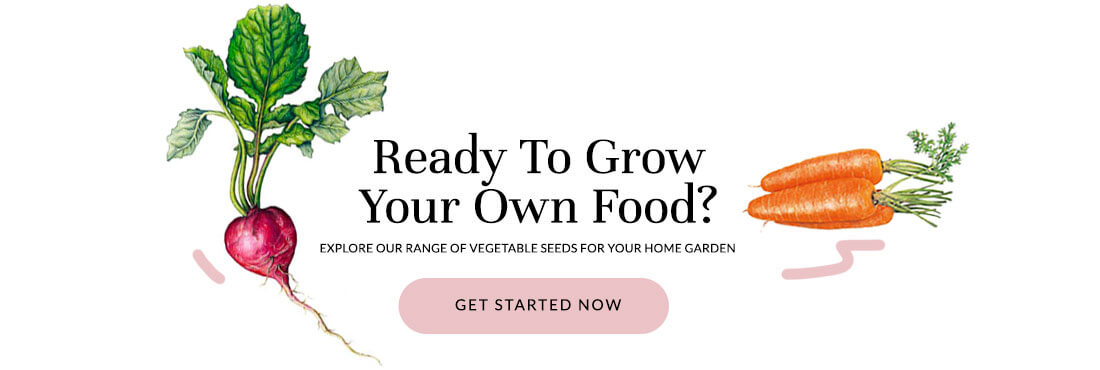

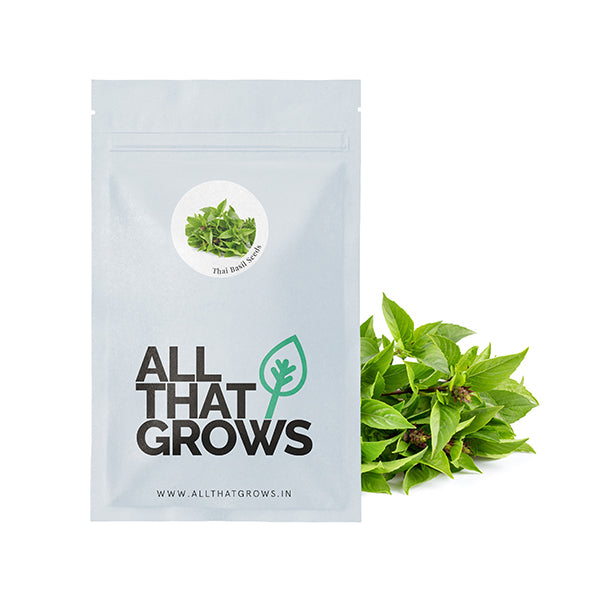
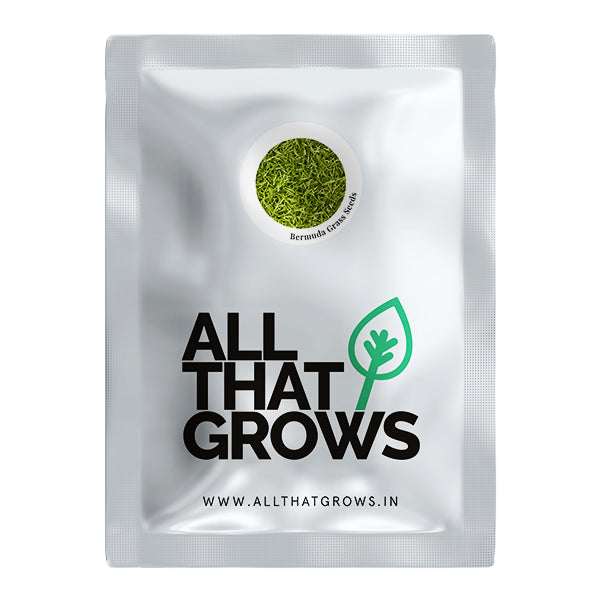
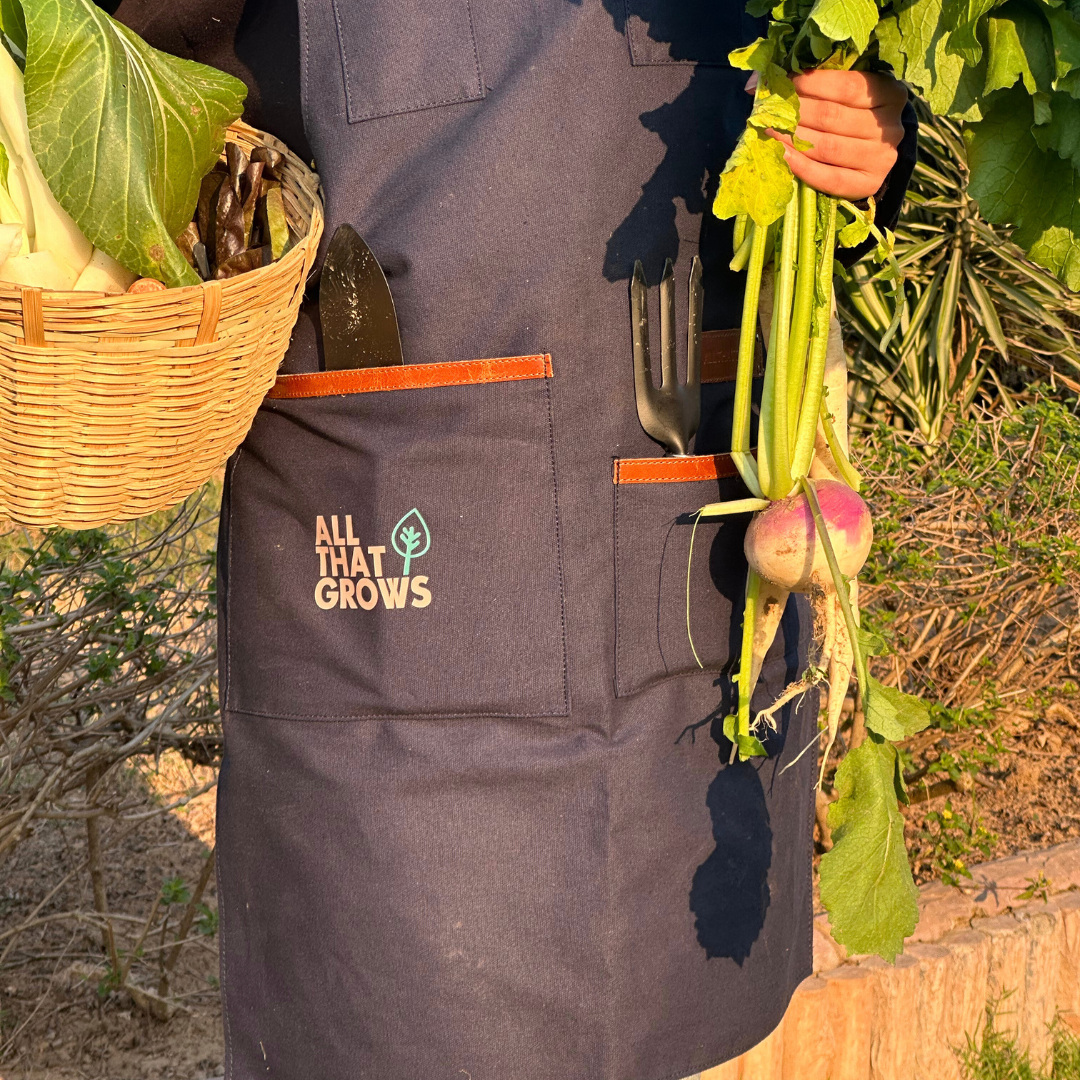

Leave a comment